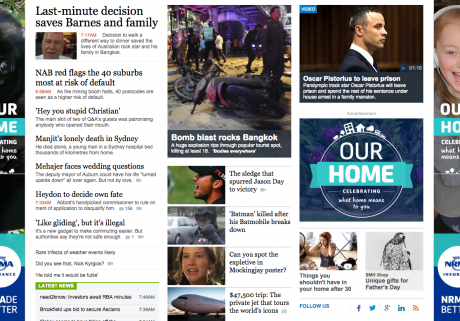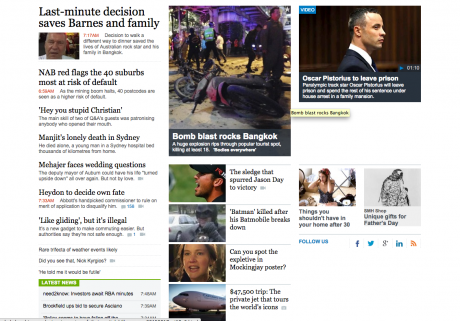Product Management
Published on Digital Ministry, this post explores how the changes that Facebook announced at its developer conference in April can help publishers, real estate companies and small businesses.It gives more detail on:
- Facebook Messenger Bots
- Live Video (and NewsFeed algorithm changes to support it)
- Instant Articles



